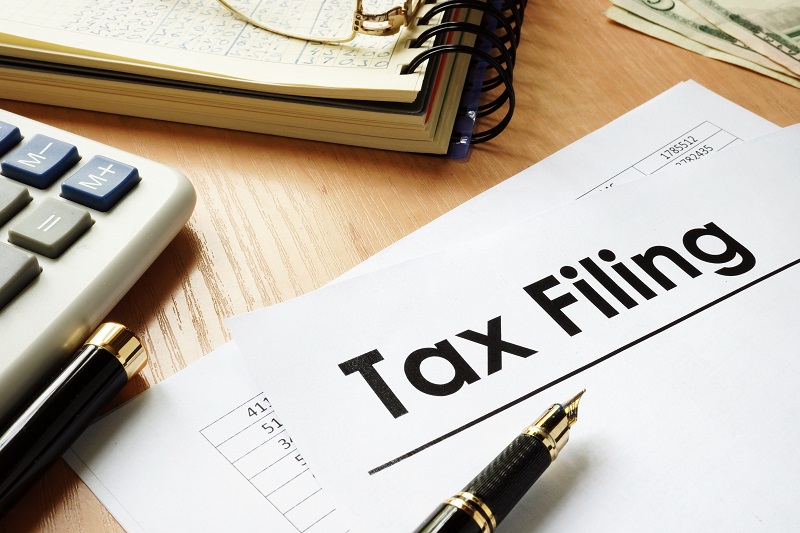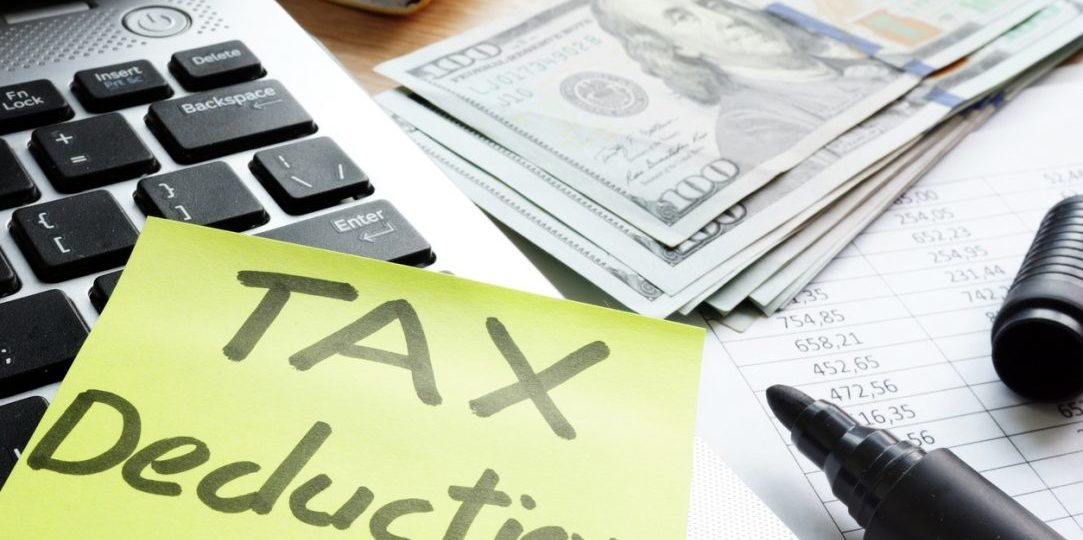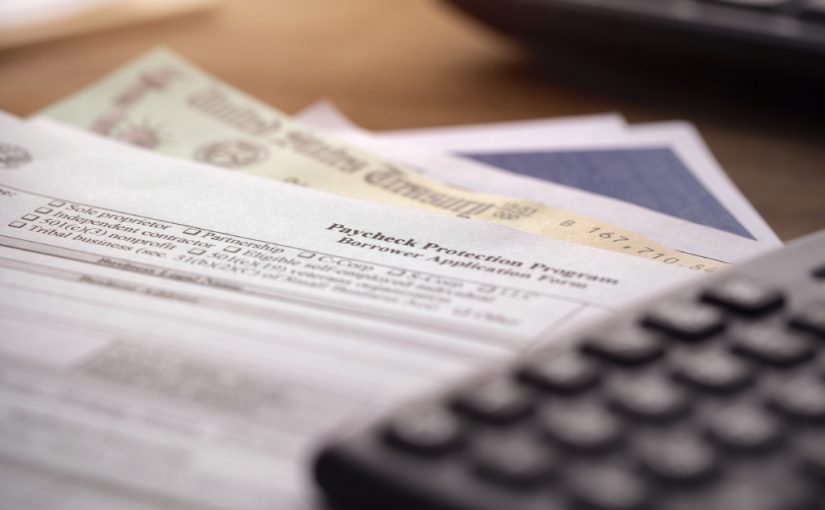As previously communicated in Notice 2020-32, the IRS stated its position that business expenses paid with Paycheck Protection Program (PPP) funds that are forgiven cannot be deducted for federal tax purposes. However, it was unclear how the deduction limitation would be applied if a PPP loan was not forgiven until a subsequent tax year.
On Wednesday, the Treasury Department and IRS released guidance clarifying the tax treatment of expenses where a PPP loan has not been forgiven by the end of the year the loan was received.
In summary, IRS Revenue Ruling 2020-27 concludes:
A taxpayer that received a covered loan guaranteed under the PPP and paid or incurred certain otherwise deductible expenses listed in section 1106(b) of the CARES Act may not deduct those expenses in the taxable year in which the expenses were paid or incurred if, at the end of such taxable year, the taxpayer reasonably expects to receive forgiveness of the covered loan on the basis of the expenses it paid or accrued during the covered period, even if the taxpayer has not submitted an application for forgiveness of the covered loan by the end of such taxable year.
The ruling proves two scenarios as examples:
Scenario 1
A borrower pays expenses that qualify under the CARES Act as valid PPP expenditures. In that scenario, the borrower applies for forgiveness in November 2020 and satisfies all the requirements under the CARES Act to have the loan forgiven, but it doesn’t yet have an answer as to whether it will be forgiven.
Scenario 2
The borrower pays the same type of valid expenses with its PPP loan and satisfies the CARES Act requirements for the loan, but it has not submitted a forgiveness application before the end of 2020.
According to the ruling, the businesses in both scenarios can’t deduct expenses funded with PPP loans because they have a reasonable expectation of forgiveness.
In addition, Revenue Procedure 2020-51 was issued which provides a safe harbor for PPP borrowers whose loan forgiveness has been partially or fully denied and who wish to claim deductions for otherwise eligible payments on a return, amended return, or administrative adjustment request.
For more information on this, visit Treasury’s website that has links to the full ruling and procedure.
 Due to Ohio statutes for Commercial Activity Tax (CAT) reporting purposes, in addition to regular revenue typically reported for CAT filing, businesses this year must also include:
Due to Ohio statutes for Commercial Activity Tax (CAT) reporting purposes, in addition to regular revenue typically reported for CAT filing, businesses this year must also include:


 The IRS announced that the nation’s tax season will start on Friday, February 12, 2021, when they will begin accepting and processing 2020 tax year returns.
The IRS announced that the nation’s tax season will start on Friday, February 12, 2021, when they will begin accepting and processing 2020 tax year returns.

 Last week, the SBA released finalized forms for a PPP Loan Necessity Questionnaire.
Last week, the SBA released finalized forms for a PPP Loan Necessity Questionnaire.
 The Ohio BWC announced this week that they are issuing a $5 billion dividend to ease the financial pressures organizations may be experiencing amid the ongoing coronavirus (COVID-19) pandemic.
The Ohio BWC announced this week that they are issuing a $5 billion dividend to ease the financial pressures organizations may be experiencing amid the ongoing coronavirus (COVID-19) pandemic.